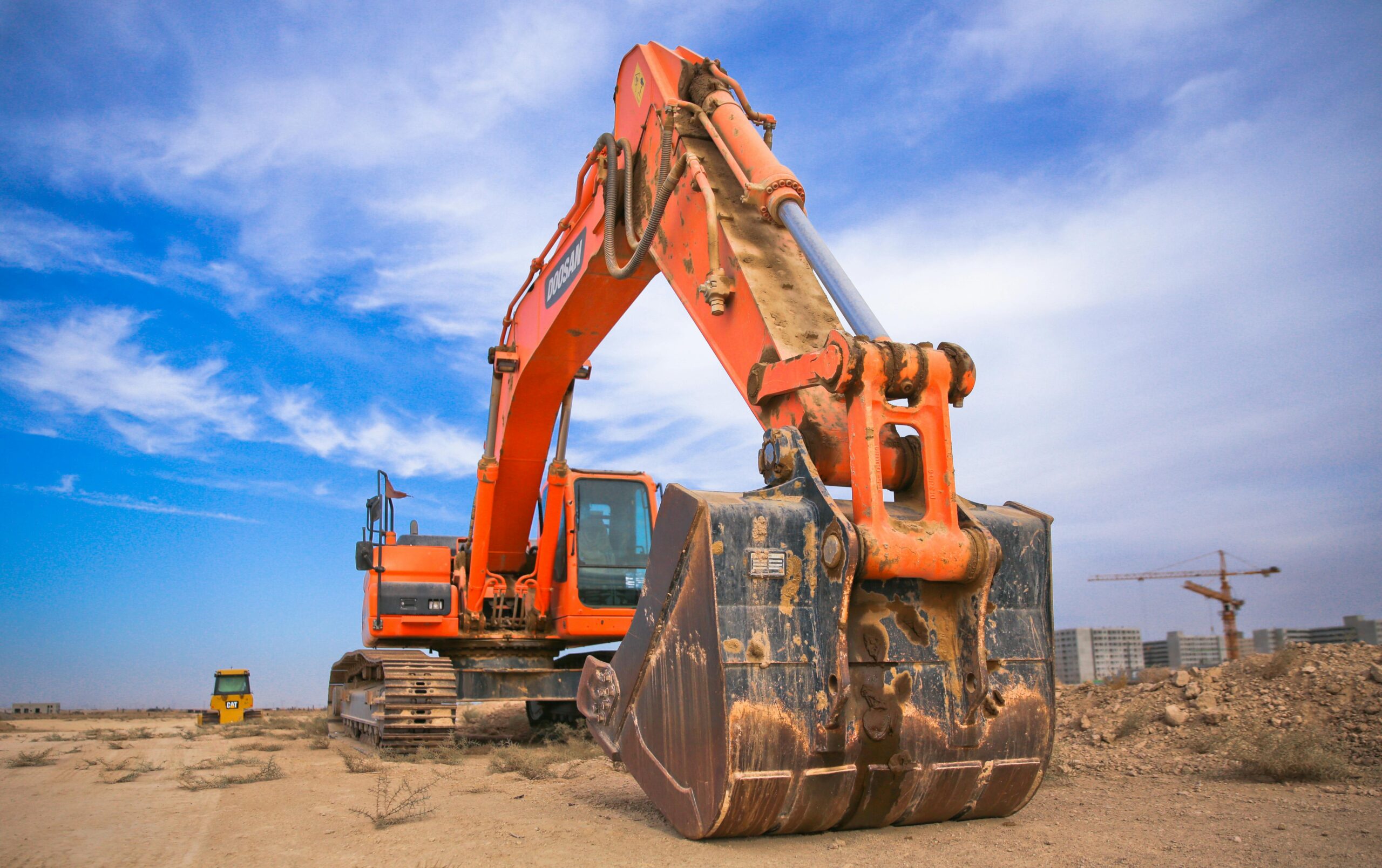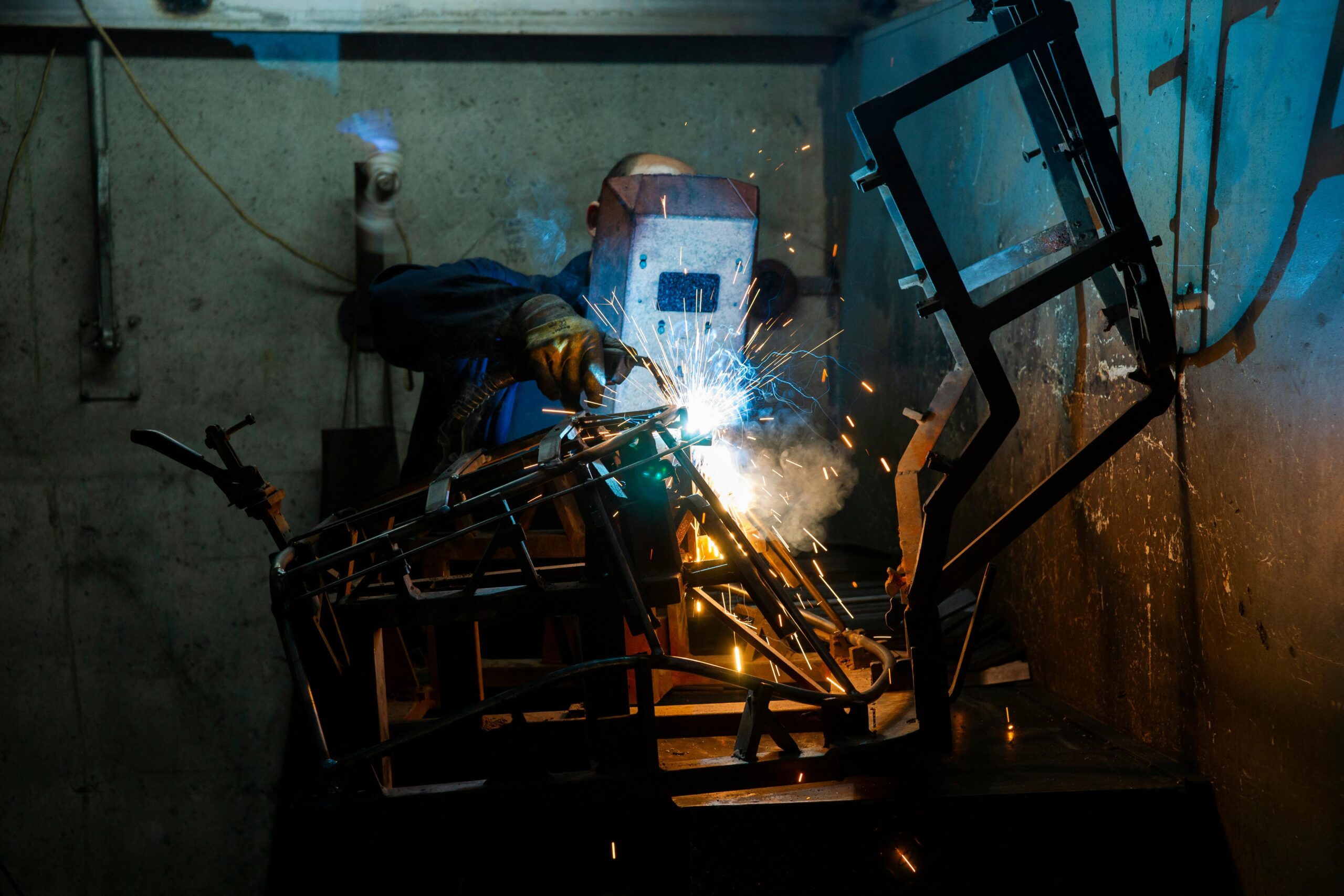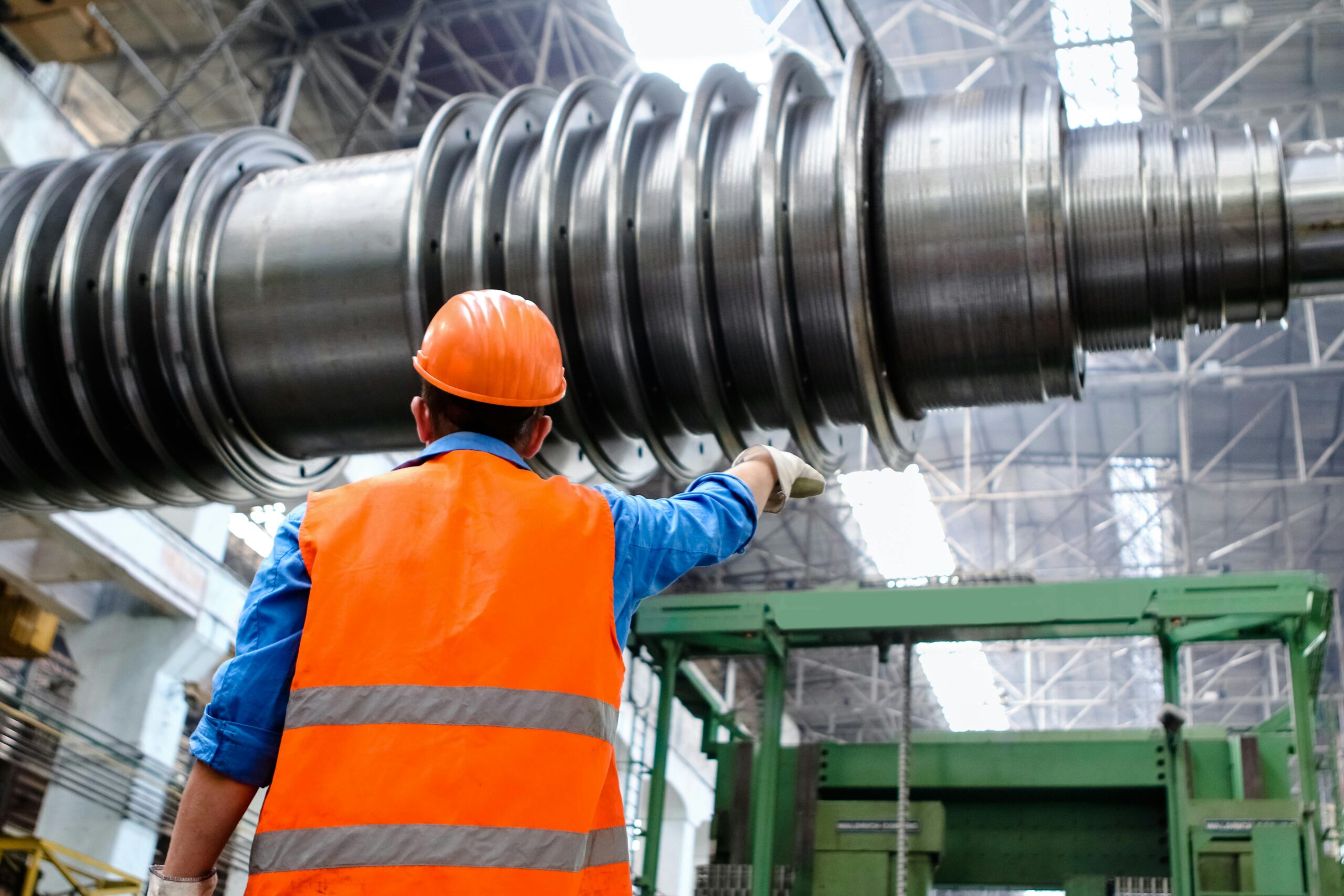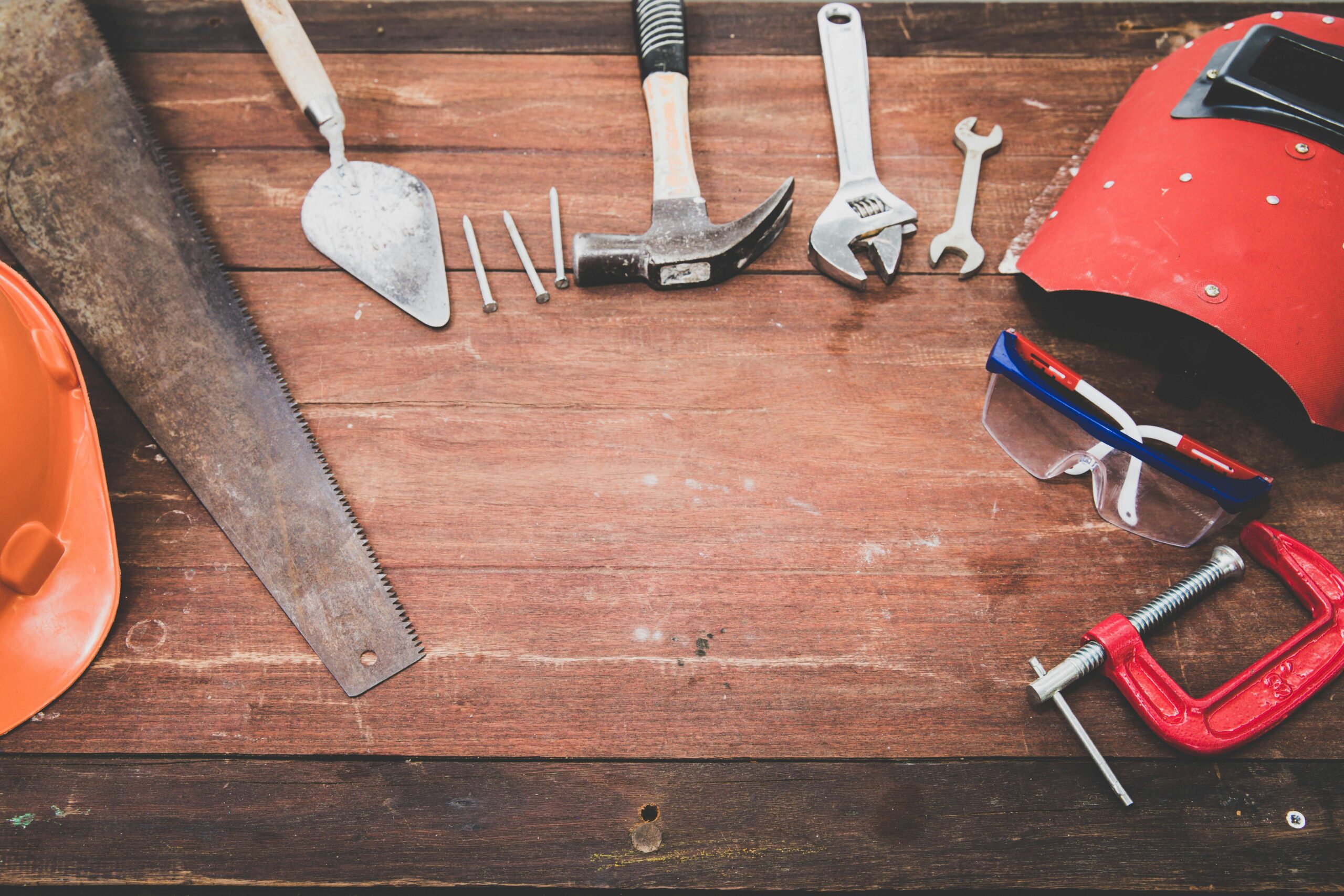Title: Understanding Instrumentation and Calibration: Ensuring Precision and Accuracy
In every field where measurements are crucial, from manufacturing to scientific research, the reliability of instruments is paramount. Instrumentation, the art and science of measurement, coupled with calibration, the process of adjusting and fine-tuning instruments to maintain accuracy, plays a pivotal role in ensuring precise and reliable data. Let’s delve into the significance of instrumentation and calibration in various industries and explore their fundamental principles.
Instrumentation: The Backbone of Precision
Instrumentation encompasses a wide array of devices used for measuring, monitoring, and controlling various parameters such as temperature, pressure, flow, and voltage. These instruments range from simple devices like thermometers and pressure gauges to complex systems like spectroscopes and chromatographs. Regardless of complexity, the primary goal of instrumentation is to provide accurate and reliable data to aid decision-making processes.
In industrial settings, instrumentation ensures the quality and efficiency of manufacturing processes by monitoring critical parameters in real-time. For example, in the pharmaceutical industry, precise temperature control is vital during drug manufacturing to maintain product quality and safety. Similarly, in the automotive sector, pressure sensors play a crucial role in monitoring fuel pressure and engine performance.
In scientific research, instrumentation facilitates the collection of accurate data, leading to advancements in various fields, including physics, chemistry, and biology. Sophisticated instruments like electron microscopes and mass spectrometers enable scientists to explore the intricate details of matter and unravel complex biological processes.
Calibration: Fine-Tuning for Accuracy
Calibration is the process of comparing the readings of an instrument to known standards and adjusting it to ensure accuracy. Over time, instruments may drift from their original calibration due to factors such as wear and tear, environmental conditions, or component aging. Calibration corrects these deviations, ensuring that instruments provide precise and reliable measurements.
The calibration process involves several steps, including:
- Establishing traceability: Ensuring that calibration standards are traceable to national or international standards.
- Measurement comparison: Comparing the readings of the instrument under test to a reference standard.
- Adjustment: Making necessary adjustments to align the instrument’s readings with the reference standard.
- Documentation: Maintaining detailed records of calibration procedures and results for compliance and quality assurance purposes.
Regular calibration is essential to maintaining the accuracy of instruments and preventing measurement errors that could lead to costly rework or product recalls. Calibration intervals vary depending on factors such as instrument type, usage frequency, and industry regulations.
Conclusion: Upholding Precision in Measurement
In conclusion, instrumentation and calibration are indispensable components of modern industry and scientific research, ensuring precision, reliability, and quality in measurement processes. By investing in high-quality instruments and implementing rigorous calibration procedures, organizations can optimize their operations, enhance product quality, and drive innovation. As technology advances and demands for accuracy increase, the role of instrumentation and calibration will continue to evolve, shaping the future of measurement science and engineering




